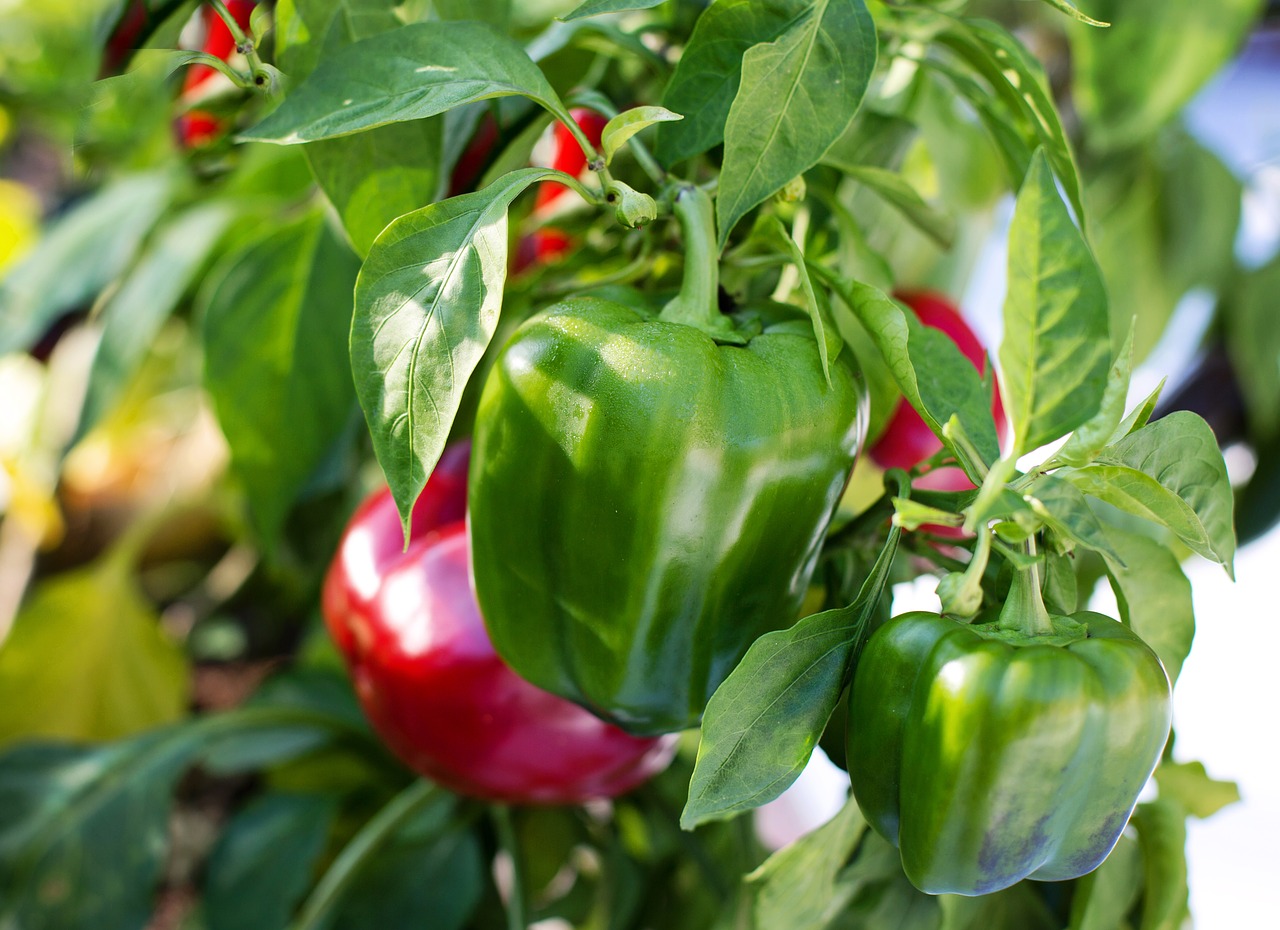If you have been reading about the benefits of urban farming, especially vegetable farming, or have seen people reaping the advantage of growing vegetables in urban space, you might also be thinking about trying this yourself. Here’s how you can get started.
Choosing Location
Once you have decided to create an urban garden, the next important thing is to determine where you will create it. First of all, you must find a place that will provide your plants with plenty of sunlight, and second, you must have a readily available water supply. Pick a spot that gets good drainage and make sure you can close off your garden to unwanted traffic. Once you have chosen the right place, then it is time to prepare your garden for planting.
Check the Area
After you have decided on the location, remember when it comes to urban gardening, the area might have soil that is full of unwanted waste. Before you can even think of planting, you have to dig up the area if you are going to plant vegetables right in the soil available. Clear up the ground of any unwanted garbage, rocks, or glass. Once you have a clean territory, you can start to consider what kind of vegetable you’ll be growing and how much. You might even consider container gardening.
Choosing Plants
Many people want to grow vegetables, herbs, and strawberries in their urban gardens. Urban gardens can also become community gardens where you share fresh organically grown produce. Once you have decided on the vegetables, you’ll be growing, you’ll also need pollinators. You’ll need to have plants that attract bees. So plant some flowers among your vegetable beds.
Consider the Costs
When creating an urban garden, it is vital to consider the costs of maintaining the garden. If it is just a small family garden, you might not need any extra funding. However, if you have decided to make a large garden, you might want to consider making it a community project and get your friends and neighbors to help with the gardening and with the financing. Creating a community garden can be beneficial for everyone.
Vegetable Beds
Once you are ready to get planting, the next step is to consider what kind of vegetable beds you’ll be making. For urban gardens, there are many choices about the kinds of ways you can plant your vegetables. You can create vegetable beds, or you can find different types of containers for your plants. Visit a gardening store that can offer you advice and give you tip that will make your garden thrive. Remember, you also have to consider the kind of soil you’ll be using. If you are going to start your garden in-ground soil that is in the spot you have chosen, then you’ll need to mix it with soil that is favorable for vegetable growing and use fertilizer to get the best nutrients for your plants.
Compost and Organic Pest Control
You’ll want to keep your plants watered and fertilized and keep pesky insects away. It is best if you use organic pest control like homemade pesticides. These will keep your plants healthy. Your soil should be rich in nutrients in order to yield better. You can do so by adding fertilizer to your soil. You can choose between chemical fertilizer and organic fertilizer. However, the best option is always organic fertilizer. By the way, you can also make your own organic fertilizer by utilizing organic waste to make compost.
Benefits of Urban Vegetable Gardening
There are a lot of benefits of urban vegetable gardening, some of the obvious benefits are: saving money on food, getting fresh vegetables and organic produce to eat, and waste management. When you begin to grow vegetables in your home, you can easily manage organic waste, especially kitchen waste. You can create compost from your organic waste and use it as manure on your plants. When you are composting waste, you are not only managing your waste but also increasing nutrient content to the soil and improving soil aeration. Composting helps to reduce erosion and drains the soil properly, improving soil texture. With composting, you can regulate soil pH, and this can help to reduce plant disease.
You can do two different types of composting, one regular composting, two vermicomposting. Regular composting reduces trash volume and odor and makes a perfect organic fertilizer, however, regular composting is time-consuming. Vermicomposting or composting with worms make the process go faster and make the resulting compost more beneficial to plants. Another major benefit of regular composting is that large quantities of organic waste can be processed quickly.
Starting an Organic Urban Farm
Organic urban farming or gardening is really easy as you can start growing vegetables on your terrace, balconies, or indoors. You can grow in containers or create raised beds. In 1800 square feet area, you can easily produce enough vegetables for a family of 4. You can grow all sorts of vegetables such as peppers, tomatoes, cucumber, lettuce, spinach, beans, cabbages, cauliflowers, etc. It does not cost much to start an organic urban farm. If you are setting up for the first time you might have to buy potting soil mix, organic fertilizer, growing bags, and containers, however, in the next season, you can reuse these items. As far as fertilizer is considered, you can start creating your own compost and stop buying organic fertilizer.
These days, the hydroponic system is considered the best method for urban farming. In this method, you use water as a growing medium instead of soil. However, hydroponic can be costly because you have to buy a hydroponic system, use electricity to constantly run water, and also buy water-soluble nutrients. If you choose the traditional method, i.e. soil-based gardening, you can reuse plastic bottles and containers to grow vegetables. You can manage your kitchen waste to create compost.
